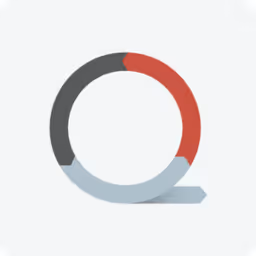Your brand’s break-even return on ad spend (ROAS) is an important metric for maximizing your ad campaigns’ revenue and long-term growth.
When a brand wants to scale and maintain profitability, we will use revenue from lower-funnel (high ROAS) campaigns to fuel our brand awareness (low ROAS) campaigns. Using the break-even ROAS, we can find the optimal spend mix for our lower funnel and brand awareness campaigns.
What is a break-even ROAS?
The break-even return on ad spend (ROAS) is the ROAS at which the brand is covering the variable costs or the cost of goods sold (COGS).
For example, if the brand’s average order value was $100 and its gross profit per purchase was $50, it would need a ROAS of 2x (spending $50 to acquire a $100 purchase) to break even on COGS.
How to calculate your break-even ROAS
We calculate the break-even ROAS using the brand’s gross profit margin and average order value (AOV). Once you have the gross profit margin and AOV, you can use the formula below to calculate your break-even ROAS.

You can also use our calculator to determine your breakeven ROAS.
Why it’s important to know your break-even ROAS
Knowing your break-even ROAS is important because, for brands that want to grow quickly, the metric creates a minimum ROAS target for the campaigns.

When your ROAS is much larger than your break-even ROAS, you’re not fully investing in growing brand awareness and reaching new audiences. This can hurt overall revenue from advertising and the long-term growth of the campaigns.
The break-even ROAS is an important metric for making sure your ad campaigns continue to scale, and the brand is being introduced to new audiences. How have you used this metric? What other high-level KPIs do you look at when scaling an ad campaign?





